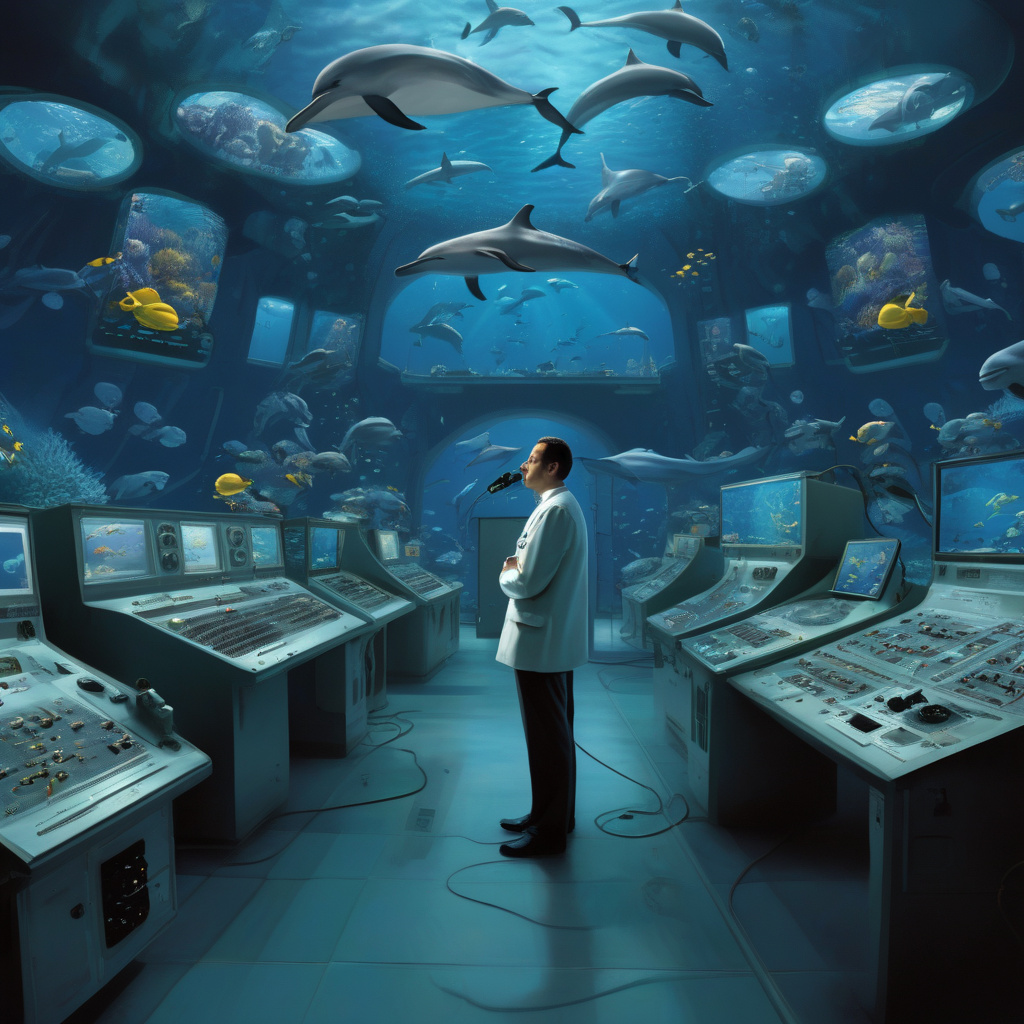Google Creates AI to Decode Dolphin Sounds
Google, in collaboration with Georgia Tech and the Wild Dolphin Project, has recently made a groundbreaking advancement in the field of artificial intelligence by developing a system that can decode dolphin sounds. This innovative AI technology learns directly from real dolphin data, marking a significant leap forward in our understanding of these highly intelligent marine mammals.
The project, which combines the technological expertise of Google with the marine biology insights of Georgia Tech and the Wild Dolphin Project, aims to bridge the communication gap between humans and dolphins. By leveraging machine learning algorithms, the AI can analyze and interpret the complex sounds and vocalizations used by dolphins to communicate with each other.
Dolphins are known for their sophisticated communication skills, using a combination of clicks, whistles, and body language to convey messages and emotions within their pods. Decoding these sounds has long been a challenge for researchers, but with the development of this AI technology, we are now on the cusp of a major breakthrough.
By learning from actual dolphin vocalizations recorded in the wild, the AI can identify patterns, associations, and meanings behind the sounds. This not only sheds light on how dolphins communicate within their social groups but also opens up new possibilities for human-dolphin interaction.
Imagine a future where we can have meaningful conversations with dolphins, understand their needs and desires, and perhaps even collaborate on projects that benefit both species. The potential applications of this AI technology are vast, ranging from conservation efforts and ecological research to the development of new forms of interspecies communication.
Moreover, the collaboration between Google, Georgia Tech, and the Wild Dolphin Project exemplifies the power of interdisciplinary partnerships in driving scientific innovation. By bringing together experts from different fields, we can tackle complex challenges and make discoveries that would not be possible in isolation.
As we continue to unlock the secrets of the natural world with the help of artificial intelligence, the possibilities for enhancing our relationship with other species are endless. The decoding of dolphin sounds is just the beginning of a new era of cross-species understanding and cooperation, made possible by the fusion of technology and biology.
In conclusion, Google’s creation of an AI system to decode dolphin sounds represents a major milestone in the field of marine biology and artificial intelligence. By learning directly from real dolphin data, this technology has the potential to revolutionize our understanding of dolphin communication and pave the way for unprecedented human-animal collaboration.
#GoogleAI, #DolphinCommunication, #ArtificialIntelligence, #MarineBiology, #InterdisciplinaryInnovation











